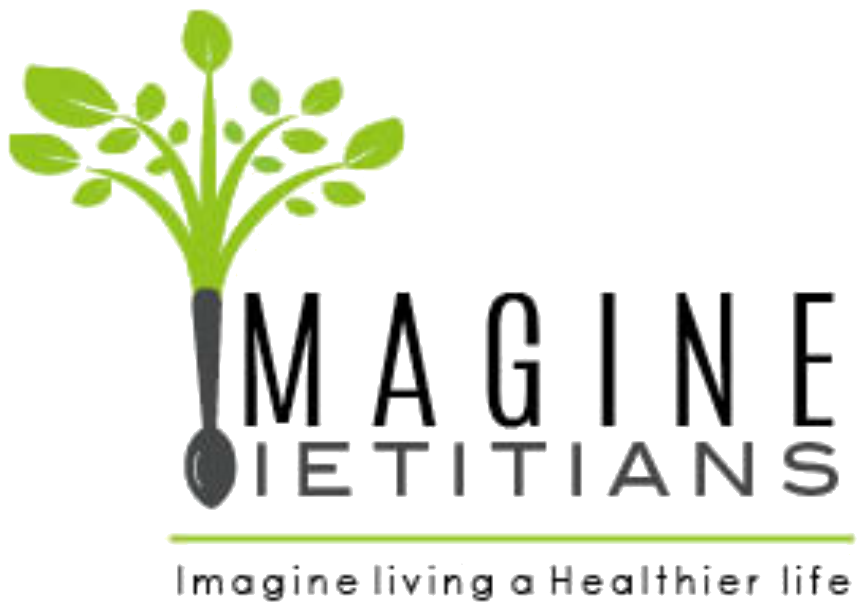
http://www.truewealth.com.au/assets/Uploads/contenthub/Jul2015/winter-hacks-resize.jpg
During the winter months we often find ourselves a bit more gloomy and depressed. In the previous article we mentioned the importance and benefits of the ‘healthy-brain-diet” and its effect on mental illness. We also discussed some basic guidelines (See Good Mood Food – Part 1). Today we focus on specific food types and their effect on the body. We have listed some examples of these food for you to keep in mind when including good mood food daily.
Examples of good mood foods.
- Seafood Fish oils are rich in Omega-3 fatty acids, which is essential for maintaining a healthy brain. Although some plant-based sources such as chia and flax also contain omega-3 fatty acids, it is not as biologically available as those found in fish. Seafood is also a good dietary source of vitamin D (since sun exposure is often insufficient) as well as iodine and chromium. People are often concerned about the mercury content of fish, which could be avoided by eating smaller fish like pilchards and anchovies since the mercury typically don’t accumulate to toxic levels. If you are not a regular at the ‘all-you-can-eat sushi buffet’, include more seafood in your diet: tuna with cottage cheese sandwiches, pilchard fish cakes and fresh hake grilled in the oven are just a few quick and easy examples.
- Leafy greens Dark-green, leafy vegetables such as spinach, kale and bok choy is great sources of fibre, folate, magnesium and vitamin K. These vegetables has a bad reputation, but by using different preparation methods we can make them a lot more appealing than the olive-green mush we were served in the hostel. What about a bok choy stir-fry with garlic and chilli, oven-baked kale chips or a creamy, spinach soup or a few leaves in your smoothie?
- Legumes South Africans tend to eat too much meat, we eat it too often, our portion sizes are too large and we eat the wrong type of meat. Although we don’t have a problem with an occasional steak on the braai it is beneficial to also include meat alternatives. Legumes are excellent plant-based sources of protein and nutrients. One cup of lentils contains 18 g protein and 90% of our daily folate intake. It is also a cheap alternative; it is high in fibre; naturally cholesterol free and will aid satiety. By adding tinned beans to a chilli con carne, lentils to a vegetable soup or chickpeas to a salad, you are not only adding protein and nutrients, but it will also keep you fuller for longer.
With these nutritional tips in mind, it will be so much easier to overcome the winter blues this year. For more information contact Imagine Dietitians on 0825637669 or send an email to chantel@imaginediet.co.za.
-x Marguerite Loftus
References:
- Dr Jerome Sarris, Alan C Logan, Tasnime N Akbaraly. Nutritional medicine as mainstream in psychiatry. The Lancet, Psychiatry [Internet]. 2015 Jan 25; 2(3):271–4. Available from: http://thelancet.com/pdfs/journals/lanpsy/PIIS2215-0366(14)00051-0.pdf
- Bret S. Stetka, MD. Beans, Greens, and the Best Foods for the Brain. Medscape [Internet]. 2015 Jul 7. Available at: http://www.medscape.com/viewarticle/847304_2


Recent Comments